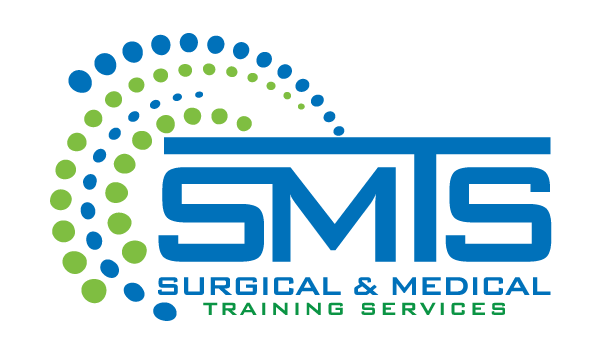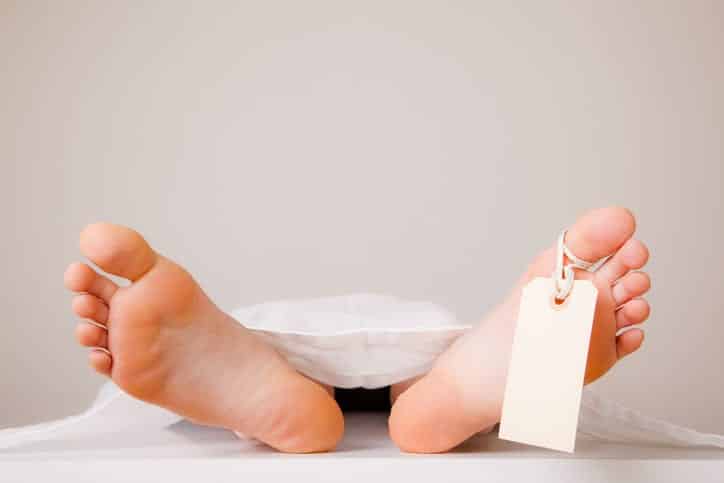Several aspects of medicine have been improved with the advent of innovative new technologies and systems. One such advancement has been the use of virtual reality software and apps in the area of medial education. Because we have seen an increase in the sophistication and use of these apps, some say that virtual reality will at some point make hands-on bioskills training obsolete. Here, we discuss the value, as well as the limitations, of virtual reality in medical training.
VIRTUAL REALITY AS A RELIABLE INSTRUCTOR
The use of digital technologies is nothing new. Medical classrooms have incorporated a range of programs, including advanced medical imaging, 3D printing, multimedia, and even games, to disperse information to students and engage various abilities through interactive and effective methods. Virtual reality falls into the same category as these technologies; it is simply the latest and greatest to be developed, albeit one that has extensive capabilities in and outside of the classroom.
Some of the recent uses of virtual reality, thanks to the collaboration between universities and developers like Microsoft, have been the simulation of medical exams and VR apps that teach anatomy.
SEVERAL TOOLS BEAT ONE TOOL
Medicine is a practice of precision. We cannot rely on a singular modality or technology to teach us what we need to know. To do so could open the door for a decline in the level of patient care we provide. To maximize our potential as medical examiners, surgeons, and general physicians, our reliance should be on multiple educational tools, including cadaver training.
What cadavers bring to the table is the ability to observe the unique aspects of every human body. The anatomical variations are unique even between twins. To recreate these numerous variations from one person to another may not be duplicatable outside of nature. The cadaver laboratory continues to be a prime space in which advanced learning of clinically relevant matter takes place.
Cadaver training extends beyond the nuances of observed anatomy into the area of sensation. Surgeons and other medical providers better understand their patients and the conditions they treat when they know what various structures look and feel like, such as the difference between the feel of an artery and a vein when rolled between the fingers, or the texture of tumors versus healthy tissue.
Ultimately, hands-on training adds value to medical practice. It teaches more than the physical aspect of care, but naturally instills a greater sense of respect for the human body and, thus, each patient.
Learn more about the cadaver laboratories and mobile training facilities of SMTS – Surgical & Medical Training Services. Call (888) 801-9444.

